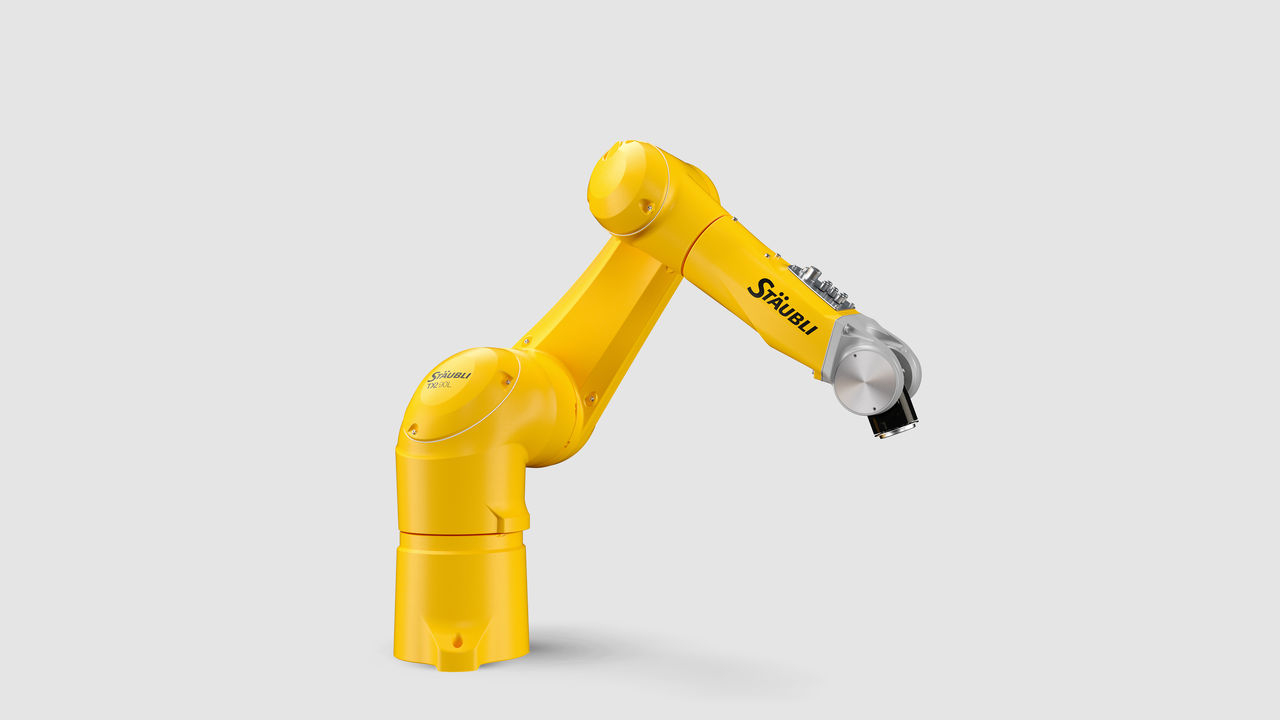- Europe
- Americas
- Asia and Middle East
- Africa and Oceania
SUCCESS STORY
MRC Out of the Starting Blocks
In a pioneering MRC pilot project over a fixed period, Bischofszell Nahrungsmittel AG has sought to achieve two objectives, namely the efficient production of food and the humanization of the workplace.
CUSTOMER BENEFITS
- Safe man-robot collaboration without protective barrier
- Humanization of the workplace
- Reduction of injury and health hazards
- Increase productivity and profitability
- New and interesting work content
TASK
Efficient Handling of Convenience Foods
In a pioneering MRC (Man-Robot Collaboration) pilot project over a fixed period, Bischofszell Nahrungsmittel AG, a subsidiary of the Swiss Migros Group, has sought to achieve two objectives, namely the efficient production of food and the humanization of the workplace.
A company based at Bischofszell near St. Gallen specializes in the production of convenience foods. They make delicious ready-made meals that would not be out of place in a haute cuisine setting. Customer demand for these products with their quality and convenience of preparation is on a sharp upward curve. In a pilot project, the company investigated whether man-robot collaboration (MRC) could increase capacity to the level required while at the same time reducing risks to its human workforce.
Specifically, the development team were designing a system that would assist in stacking trays of fully packaged convenience dishes in multiple layers on the trolleys used for conveyance to the pasteurization/sterilization unit. The task, when performed manually throughout, entails injury hazards and health risks for employees.
SOLUTION
While the distribution of the ready meals on the aluminum trays and the placing of spacers between the individual layers are among the more agreeable jobs on the packing line, stacking the large metal trays on the trolleys is by no means a popular activity. Manhandling the trays, which weigh in at a hefty five kilos, is heavy work. The trays have to be slotted accurately into the trolley, which brings with it the risk of crushed fingers.
The entire handling process was therefore considered a prime candidate for sharing between man and machine working in close proximity at a single compact station without the need for a protective barrier: the agreeable tasks would be assigned to the human employee and the strenuous operations involving risk of injury to the robot.
In consultation with Stäubli, the right robot for this man-machine interaction was identified in no time at all: a TX2-90L with CS9 controller. In contrast to classic cobots (co-robots), this collaborative six-axis machine has the necessary payload for the application that comprises four main components – robot, tray magazine, spacer feed belt and stacking trolley.
While a single human employee distributes ready meals on an aluminum tray and then places the spacers for the next layer, the Stäubli six-axis machine operating in SLS (Safe Limited Speed) mode picks up four spacers from the feed belt and places them on the top aluminum tray in the magazine. It then lifts the metal tray plus spacers out of the magazine, swings it in the direction of the stacking trolley and waits at a defined position until its human co-worker finishes distributing the current layer of ready meals, presses a button to confirm that the process is complete and withdraws from the work area. The robot, now operating at high speed, inserts the new tray in the stacking trolley ready for the next layer. A new cycle can begin.
CUSTOMER USAGE
With this pilot MRC application, the development team at Bischofszell have demonstrated that man-robot interaction has enormous potential for many of the production and assembly lines in the Migros group. Some final detailed improvements will, of course, have to be incorporated before the system can be rolled out, to ensure durability of service in a production environment. But the prime objective of demonstrating the benefits that flow from this pilot system has been fully achieved. Migros could therefore soon become one of the first food manufacturers in the world to have MRC applications as standard technology in its production facilities.

